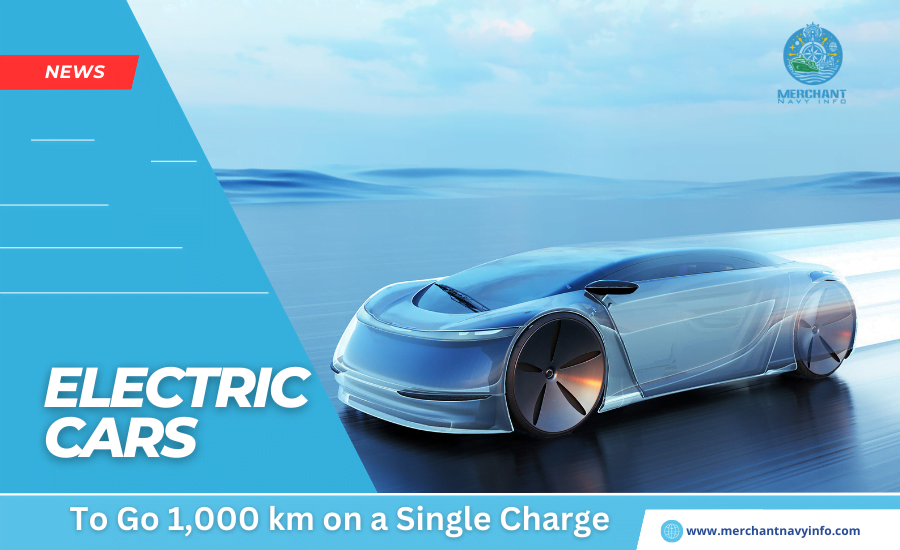
New battery technology using silicon particles and gel polymer could enable electric vehicles to travel over 600 miles on a single charge. Potentially addressing range anxiety concerns for drivers. Research teams around the world are exploring innovative electrode designs to improve electric vehicle batteries.
Scientists have been exploring the use of silicon as an electrode material in lithium-ion battery for electric vehicles due to its ability to store a high amount of charge. However, this has posed a major hurdle as silicon expands by over three times during charging. Contracts back to its original size during discharging, causing significant damage to the efficiency and structural stability of batteries. This has been a persistent challenge that researchers are working to overcome.
The use of large silicon particles as an electrode material can be restricted due to the expansion issue that may occur during battery operation.
Facilitating the movement of charged particles between the anode and cathode.
The gel electrolyte is a crucial component of the battery.
Gel electrolytes have an elastic polymer structure. It exists in either a solid or gel state, providing better stability compared to their liquid counterparts that are typically used.
Researchers made chemical links between the gel. The tiny silicon particles disperse the internal stress caused by volume expansion during the battery’s operation.
“The resultant intertwined system displayed outstanding properties, notably in mitigating volumetric expansion while delivering high ionic conductivity.,” scientists wrote.
The study found that the recently developed gel electrolyte system had comparable conductivity to traditional batteries that use liquid electrolytes. However, the new system also demonstrated nearly a 40% increase in energy density while being marketed as a cost-effective solution.
Study co-author Soojin Park stated that the use of a micro-silicon anode resulted in a stable battery. Bringing us closer to a high-energy-density lithium-ion battery system.










